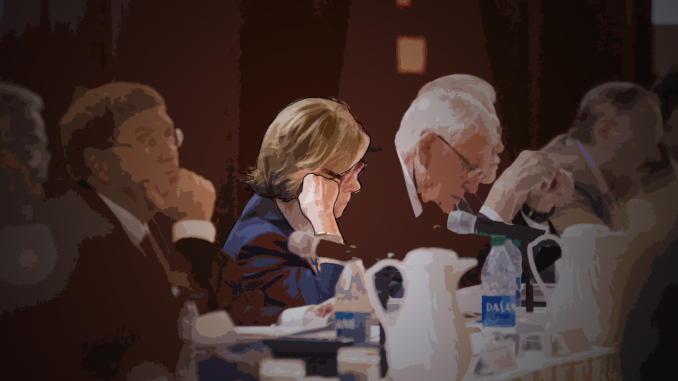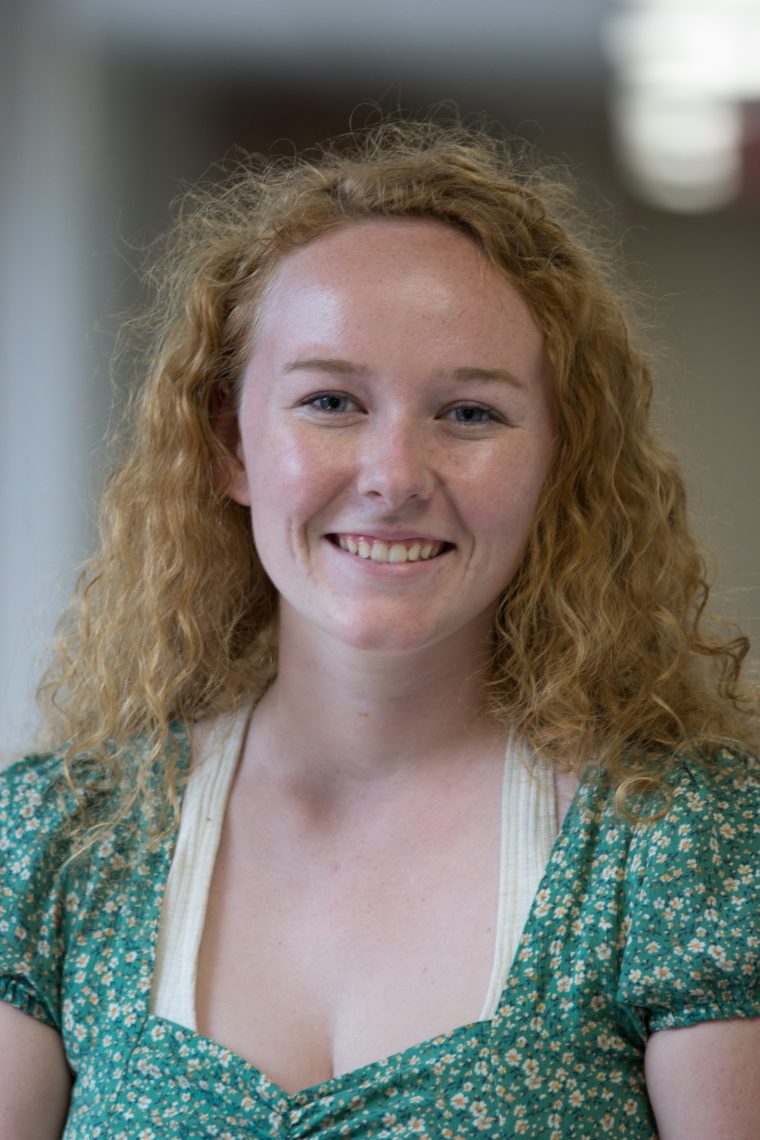

As a woman, it’s hard to ignore the disparities I see in female representation, especially in places of power.
Women aren’t equally represented in government. Only 23.6 percent of United States congressional seats are held by women, only 18 percent of governors are female and only one-third of Supreme Court justices are women, according to the Center for American Women and Politics at Rutgers University.
An equally important problem, but one less in the public eye, is the lack of female representation on boards of nonprofits and universities.
This is a huge problem at Temple University, which is lacking women in places of power.
There are 36 voting members on Temple’s Board of Trustees, and only seven are women, or 19 percent, even though 53.8 percent of the student body in 2018 were women, according to the Office of Institutional Research and Assessment.
“To have less than a fifth of the board at Temple be women when the student body is probably about 50 percent women is not good,” said Laura Otten, director of The Nonprofit Center at La Salle University who led an October study on women in nonprofit boardrooms. “You want nonprofit boards to be reflective of the constituency you serve. Well, that’s not very reflective of the constituency.”
With Drexel University at 24 percent and the University of Pennsylvania at 29 percent, Temple’s representation of women is slightly lower than other schools in the area, according to an October study by The Nonprofit Center at La Salle University and the Women Nonprofit Leadership Initiative.
“Very frequently the current members of our board will be asked to suggest the names of people they know who they think would be good board members for the university,” said Carolyn Adams, a geography and urban studies professor and part of the Women’s Nonprofit Leadership Initiative, a group dedicated to fighting for more female representation on nonprofits’ boards. “Since most of the people who are in the board currently are men, white men, and since they mostly have social networks that consist of white men, they suggest other white men.”
Of the Board’s 16 standing committees, none are headed by women, according to the Board’s website. These committees include academic affairs, budget, healthcare and student life and advise the university on what action it should take. These committees will affect the entire student body, but the decisions are ultimately up to men.
This isn’t exclusive to Temple either — women face inequality in higher education across the country. Women’s representation in top-ranking leadership roles at colleges and universities was less than one-third in 2014, according to the Institute of Education Sciences.
This is not representative of the number of college students nationwide, which is 56 percent female, according to the U.S. Department of Education.
“I know that with a lack of representation, the women that are on campus, they’re gonna feel like the decisions that are being made are not in their best interests,” said Karissa Gornick, a junior strategic communication major and consent captain for It’s On Us TU, an organization dedicated to spreading awareness about sexual violence.
Temple prides itself on its diversity and inclusivity but refuses to look at the problems from within. They cannot truly represent the student body when time after time the numbers show sexist disparities in positions of power.



Be the first to comment